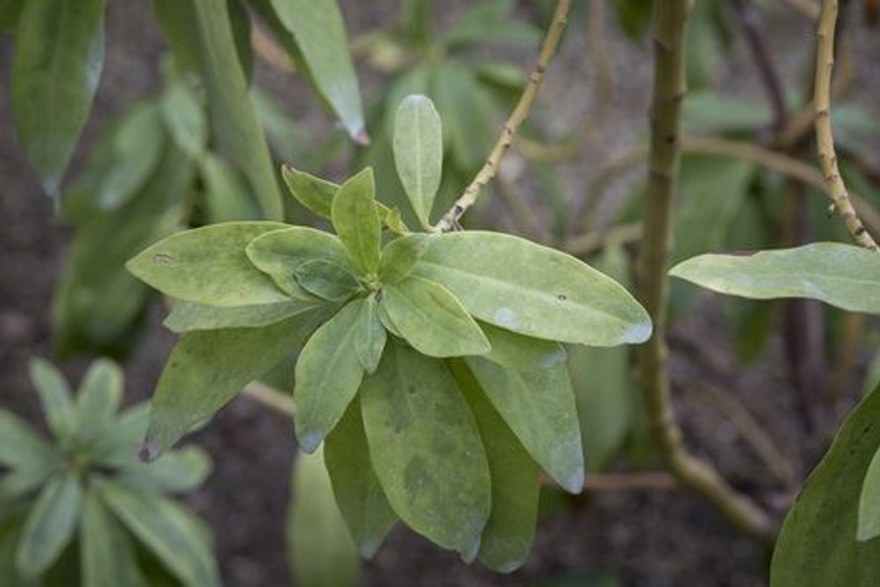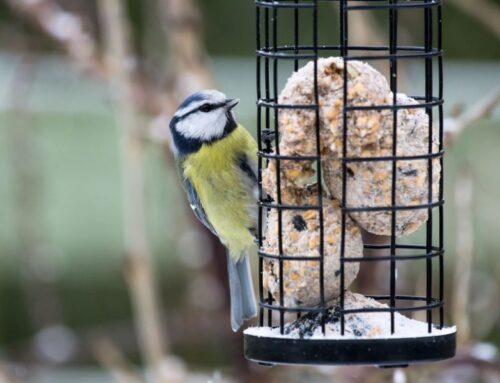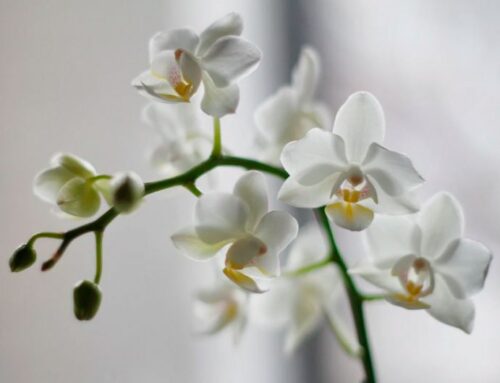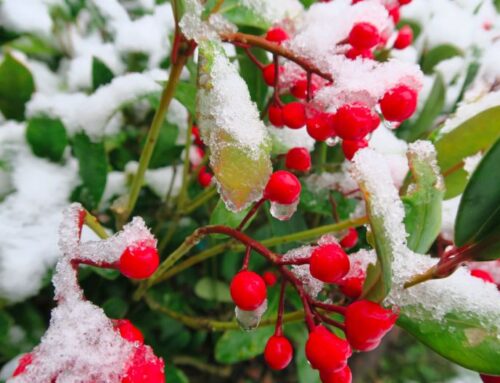Plant shelterbelts of shrubs or multi-stemmed trees to filter winter gales down to a gentle breeze, protecting vegetable crops and allowing you to grow a greater variety of plants in your garden. Place them carefully and they’ll also screen eyesores such as wheely bins, ugly fencing and walls.
Decide what height you want and make sure you choose carefully, picking only shrubs that grow to about that height. Too large, and you will struggle to maintain them; too small and they won’t do their job. Be careful about where they will cast shade, too: a row of shrubs on the windward side of the garden is a good idea, but if you completely surround your garden you may end up cutting out the sun.
A single variety looks elegant and striking, or you can go for several different shrubs in a mixed planting with a long season of interest. Improve your soil before you start, digging it over and incorporating lots of organic matter such as well-rotted stable manure; a few handfuls of slow-release fertiliser also helps shrubs establish well. After they’re planted, your shrubs should need minimal maintenance: simply keep them weed free and well watered in the first couple of years, and trim once a year to keep them in shape.
To get you started, we’ve put together a list of our favourite shrubs to help with screening and shelter:
- Drimys winteri (winterbark): Upright and aromatic, with large ivory-white flowers in summer
- Griselinia littoralis: Glossy apple-green leaves and super-tough – great for coastal gardens
- Ligustrum (privet): Handsome mid-green leaves with fragrant white flowers in midsummer
- Olearia x haastii: The leaves have felted, silvery undersides; daisy-like flowers in midsummer
- Osmanthus x burkwoodii: dense shrub with shiny dark green leaves and tubular, scented flowers
- Elaeagnus: Dark green leaves, often variegated, with small scented white flowers; great for poor soils






